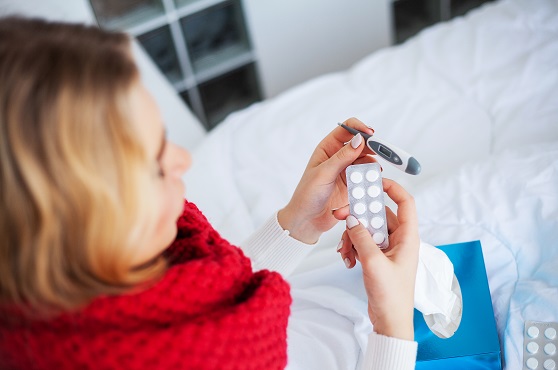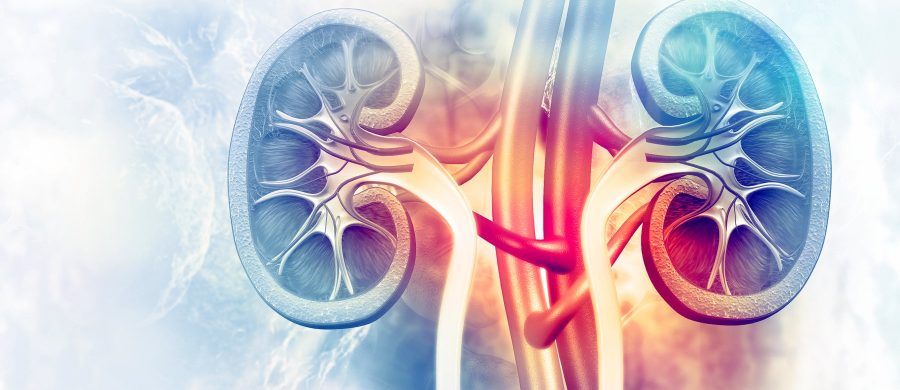Seasonal flu is caused by influenza viruses that circulate in all parts of the world. During this season, staying healthy is pure luck. Unfortunately, this fact is not encouraging at all for those who are more susceptible to infections, among whom are patients with chronic kidney disease.
The flu and the common cold are very similar. If the onset of your illness was sudden, you have chills, muscle aches and headaches, then you most likely to have a flu. The cold is milder and the main complaints are stuffy nose and sore throat.
Kidney failure can weaken your immune system so that the flu is several times more likely to cause pneumonia and worsen other accompanying health problems than in healthy people.
WHAT SHOULD WE BE CAREFUL OF?
Be careful with herbal and folk medicines. People living with kidney disease should be extremely careful when using herbal products or complementary medicines. Some herbal preparations and products are not regulated in the same way as those from pharmaceutical companies. Therefore, the list of ingredients is not always accurate, and some herbal medicines have been found to contain pesticides, poisonous plants, hormones, heavy metals and other compounds that are potentially dangerous. Some herbal medicines also contain diuretics, high potassium levels, and/or other ingredients that can affect the kidneys or interact with your prescription drugs by changing their effectiveness.
Another supplement that should be approached with care is vitamin C and the doses in which it is taken. There are specially formulated multivitamins for people with kidney problems that contain just the right number of vitamins that your kidneys can handle. Ask your attending physician for recommendations.
HOW TO PROTECT OURSELVES?
The flu virus is transmitted by airborne droplets. When sick people sneeze and cough, it spreads through the air and anyone can get infected. Prevention is the best medicine. An annual flu shot and frequent hand washing are the best protection. Limit going out until the epidemic passes and avoid contact with sick people. If you still have to go somewhere, you can use a protective mask. Remember that the mask must be replaced with a new one in about 2 hours.

















